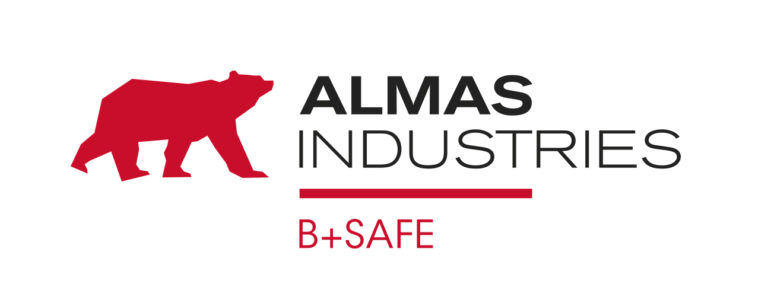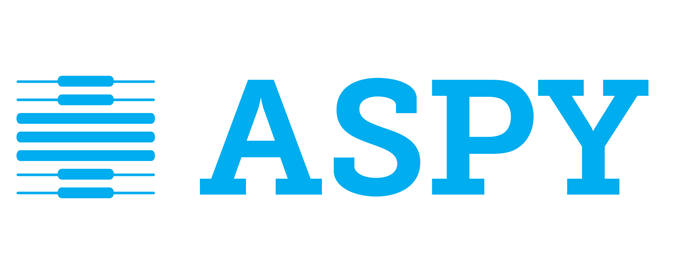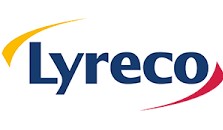When we have Easter just around the corner, the situation of the lamb located in feedlots and those that have to be transported to slaughterhouses is “very complicated and generates a lot of tension within the value chain.” The situation of the constant increase in the raw materials with which the animals are fed has been complicated by transport stoppages, which do not allow the lambs to be sent from the farms to the feedlots and from the feedlots to the slaughterhouses.
From a part of the sheep-goat sector of ANAFRIC-OVICEBO they point directly to the Government as responsible for having reached this situation and ask the administration for an “immediate solution. We run the risk that thousands of lambs may die if this situation continues” , they warn. “Two years ago, during the pandemic, feedlots and slaughterhouses were essential, and now we are expendable. They do not take us into account and we are an important part of the gear that supports the sheep-goat sector, and that allows the product to reach the consumer, on the one hand, and that it be exported, on the other”, they express from ANAFRIC.
Irreparable damage
From the group they want to convey to the administration and public opinion that “we are keeping our animals, those we already have, and complying with animal welfare for our cattle, but we cannot accept more animals because we do not have raw material, and We can’t transport them to the slaughterhouse either because there is no transport. What do we do?”
From the sheep-goat sector they want to record that 90 days ago there was a threat of a transport strike that could be stopped. “But this threat was disastrous for the sheep-goat sector in the middle of the Christmas season. Now that threat has been transferred to these stoppages and we are suffering irreparable damage. Nobody has contacted the fattening and slaughterhouses. The protagonists in the press are farmers, ranchers and transporters, but what about the feedlots and slaughterhouses?
















